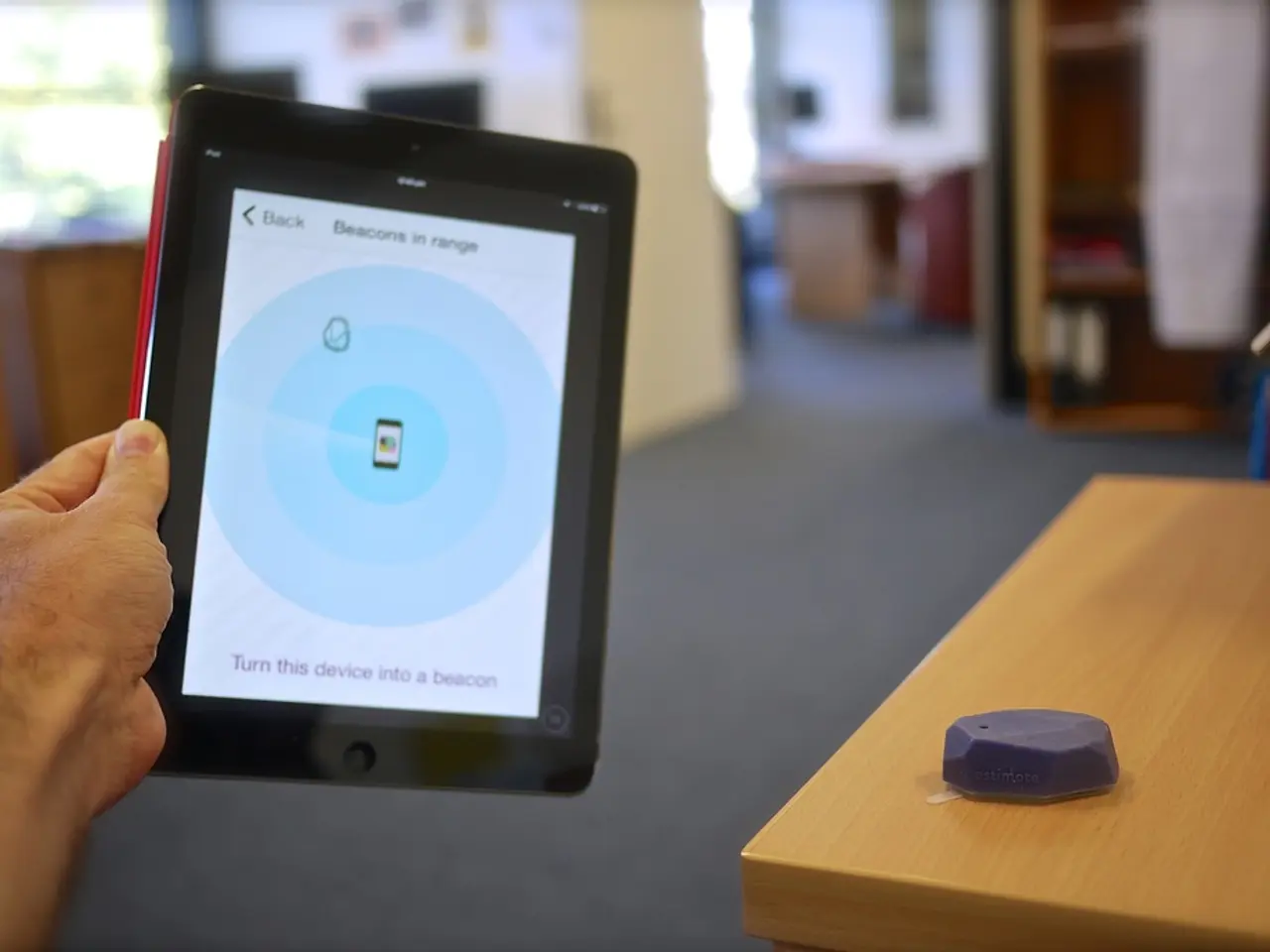Tactile Technology or Dynamic Touch Sensations
In the realm of technology, a fascinating development has been gaining traction - haptics. This innovative field, derived from the Greek term "haptein," meaning "to touch," refers to technology that simulates the sense of touch, creating realistic experiences within virtual and augmented realities.
Haptics plays a vital role in several industries, including gaming, healthcare, manufacturing, space exploration, and aviation. In gaming, haptic feedback enhances the immersive experience by providing vibrations and movements that correspond with in-game actions. This technology has been instrumental in making video games more engaging and realistic.
In healthcare, haptics is used in surgical training tools to provide realistic environments for medical professionals to practice skills. This technology is invaluable in the medical field, as it allows doctors and nurses to hone their skills in a safe and controlled setting. The same concept applies to aviation training, where haptic technology is employed in pilot simulators to provide realistic interactions within the cockpit.
Manufacturing is another sector that benefits from haptic technology. It assists in training devices that improve assembly processes, ensuring that workers are equipped with the necessary skills to perform their tasks efficiently and accurately.
Haptics also finds its place in wearable devices such as smartwatches and wristbands. These devices provide users with notifications and sensory signals through vibration or pressure, making them more interactive and user-friendly.
The evolution of haptic communication technology began in the 20th century and has led to more sophisticated devices and applications. Today, we have several types of haptic technology, including graspable haptic devices, touchable haptic interfaces, and wearable haptic devices. Touchable haptic interfaces are commonly found in smartphones and VR systems, simulating different textures and pressure sensations.
Haptic feedback can take several forms, including vibrotactile feedback, force feedback, and thermal feedback. Vibrotactile feedback is one of the most common forms, utilizing vibrations to engage users. Force feedback engages users' muscles by providing resistance that simulates real-world sensations. Thermal feedback incorporates temperature changes, such as warmth or cold sensations, to enhance immersion in VR.
One of the most intriguing forms of haptic feedback is ultrasonic feedback, which generates vibrations that can be felt without direct contact. Another fascinating method is electromagnetic feedback, which uses magnetic fields to simulate touch.
The largest manufacturer of haptic technologies is 3D Systems, which offers hardware and software solutions for haptic input devices, including the Phantom Premium and Touch series.
The COVID-19 pandemic has accelerated the adoption of haptic technology across various industries. As the world adapts to new ways of working and interacting, haptics is poised to play an increasingly important role in our lives.
From gaming to healthcare, manufacturing to space exploration, haptics is transforming the way we interact with technology, making it more immersive, interactive, and realistic. As technology continues to evolve, so too will haptics, opening up a world of possibilities for the future.








